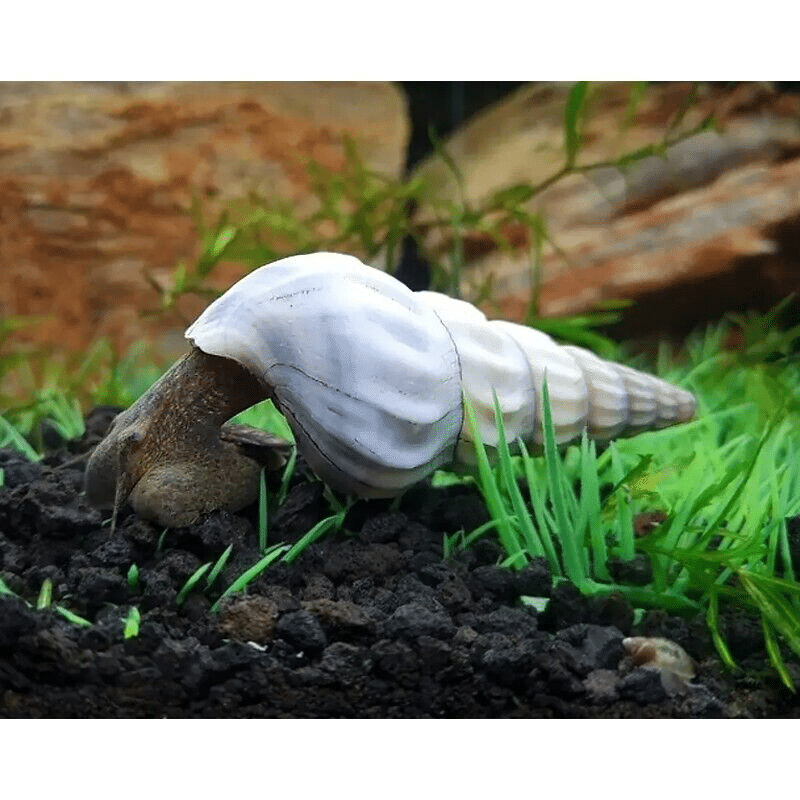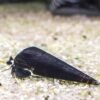-
×
 Golden Eyes Vampire Crab - Geosesarma Sp. - Decapod Crustacean
1 × £8.71
Golden Eyes Vampire Crab - Geosesarma Sp. - Decapod Crustacean
1 × £8.71 -
×

-
×

-
×
 6 x Rosy Phantom Tetra: A Graceful Jewel of the Aquarium Scientific Name: Hyphessobrycon rosaceus, Vibrant Schooling Fish for Freshwater Aquariums, Enhance Your Tank's Visual Appeal Today.
2 × £17.42
6 x Rosy Phantom Tetra: A Graceful Jewel of the Aquarium Scientific Name: Hyphessobrycon rosaceus, Vibrant Schooling Fish for Freshwater Aquariums, Enhance Your Tank's Visual Appeal Today.
2 × £17.42 -
×
 Red Devil Vampire Crab - Geosesarma Hagen - Decapod Crustacean
1 × £8.71
Red Devil Vampire Crab - Geosesarma Hagen - Decapod Crustacean
1 × £8.71 -
×

-
×

Subtotal: £312.58














Emily Roberts (verified owner) –
I recently added the White Giant Tower Cap Snail, also known as the White Herculean Snail, to my aquarium, and I couldn’t be happier! After about two months of observing its behavior, I can confidently say it’s one of the best freshwater snails I’ve ever had. These snails are not just stunning with their unique white shells, but they also do a fantastic job at keeping algae in check, making them perfect for maintaining a clean aquarium environment. I love how they glide across the substrate, and I’ve noticed my fish are less stressed with this little guy around.
Compared to other snails I’ve tried, like the common Nerite, the Herculean Snail thrives better in my specific tank conditions, and their size adds a striking visual element. I did have a minor concern initially, as they seemed quite shy at first, but after a week, they became more active and social.
For anyone looking to enrich their aquarium, I highly recommend adding this wonderful freshwater snail. It’s perfect for both beginners and seasoned aquarium keepers alike. Just ensure you have stable water parameters, and you’ll enjoy watching its charming antics for years to come!
Emily Carter (verified owner) –
I recently added a White Giant Tower Cap Snail to my aquarium, and I couldn’t be happier! As an experienced hobbyist with a passion for maintaining a healthy environment for both my fish and plants, I was searching for a freshwater snail that would contribute positively to my ecosystem. This little guy not only enhances the aesthetic with his elegant white shell, but he also works diligently to clean algae and leftover food. After just two weeks, I’ve noticed a remarkable reduction in algae buildup, which has improved the overall appearance of my tank. Compared to other snails I’ve had, this one is incredibly low-maintenance and friendly to my dwarf shrimp and community fish—no territorial behavior at all! The only thing to keep in mind is that they appreciate tank mates that are similarly docile. If you’re looking for a fresh and beautiful addition that supports a thriving aquatic environment, I highly recommend the White Herculean Snail. It’s perfect for both novice and seasoned aquarists alike. Plus, shipping was prompt, and the snail arrived healthy and active. I would definitely purchase again!